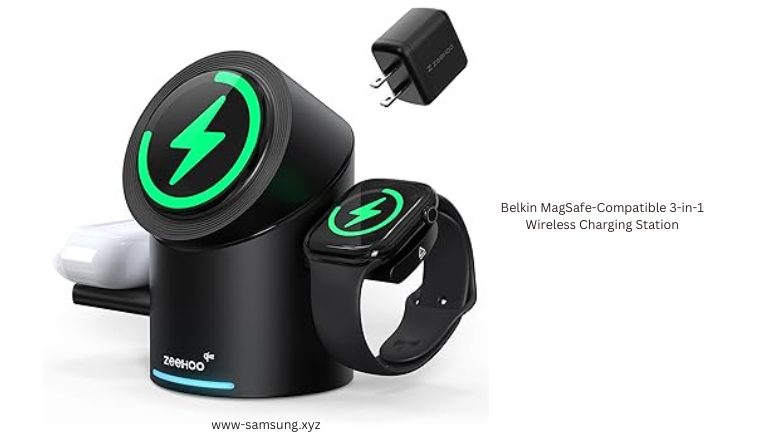Phone News
which is the best phone oneplus or redmi
When comparing OnePlus and Redmi phones, the decision largely depends on your priorities, such as performance, price, design, and software experience. Here’s a breakdown to help you choose the best phone for you:
1. Performance
- OnePlus: OnePlus phones are known for their flagship-level performance. With powerful processors like the Snapdragon 8 Gen 2 in the OnePlus 11 and Snapdragon 888/8 Gen 1 in the older models, they are designed to deliver smooth performance for gaming, multitasking, and demanding apps. OnePlus devices often have higher RAM options (12GB or 16GB), making them better for heavy users.
- Redmi: Redmi offers a range of phones, including flagship models (like the Redmi K40 Pro) and mid-range or budget options (like the Redmi Note 12 series). The Redmi K40 Pro has the Snapdragon 888 chipset, similar to OnePlus phones, and delivers solid performance. However, Redmi’s budget phones tend to use mid-range processors (like MediaTek Dimensity or Snapdragon 6xx/7xx), which are good for regular use but fall short in high-end performance tasks compared to OnePlus.
Winner: OnePlus wins for premium performance in high-end phones.
2. Camera
- OnePlus: OnePlus phones, especially the OnePlus 11, feature Hasselblad collaboration, resulting in high-quality photos, especially in low light. The cameras are usually consistent and have a premium feel with features like Ultra Night Mode, telephoto lenses, and wide dynamic range.
- Redmi: Redmi’s camera system is competitive, especially in mid-range phones, but it often can’t match OnePlus in terms of color accuracy and low-light performance. Some Redmi devices like the Redmi K40 Pro come with flagship-level camera setups, but generally, their camera experience tends to be less refined than OnePlus.
Winner: OnePlus offers a better camera system, especially in high-end models.
3. Design and Display
- OnePlus: OnePlus focuses on premium design with a sleek, modern look, using high-quality materials (metal, glass). They offer AMOLED displays with high refresh rates (120Hz on most models) for smooth interactions. The OnePlus 11, for instance, offers a 6.7-inch AMOLED display with vibrant colors and sharp detail.
- Redmi: Redmi’s premium models like the Redmi K40 Pro offer AMOLED displays as well, with 120Hz refresh rates, but they typically use plastic frames or glass backs, making them feel slightly less premium than OnePlus. However, in terms of budget models, Redmi focuses on LCD displays with lower refresh rates, which are fine for casual users but may feel outdated compared to OnePlus’ premium screens.
Winner: OnePlus typically offers more premium design and higher-quality displays.
4. Battery Life and Charging
- OnePlus: OnePlus phones have large batteries (around 4500mAh to 5000mAh) with fast charging support (up to 100W SuperVOOC on the OnePlus 11), which can charge the phone from 0% to 50% in about 10 minutes.
- Redmi: Redmi offers great battery life with large batteries (around 5000mAh to 6000mAh). Some Redmi devices also come with fast charging (up to 67W), but the charging speeds aren’t as fast as OnePlus in the flagship models.
Winner: OnePlus wins for faster charging.
5. Software Experience
- OnePlus: OnePlus runs OxygenOS, which is known for its clean, fast, and close-to-stock Android experience. OxygenOS is highly customizable and optimized, providing a smooth, responsive interface.
- Redmi: Redmi phones run MIUI, which is a heavily customized version of Android. MIUI is feature-rich and offers great customization options, but it can be a little more bloated compared to OxygenOS and can have occasional performance hiccups. MIUI has improved a lot over the years, but OnePlus still offers a more fluid software experience.
Winner: OnePlus wins for cleaner, faster software.
6. Price and Value
- OnePlus: OnePlus offers premium devices that tend to be priced higher than Redmi phones. However, they offer premium features, flagship performance, and better design.
- Redmi: Redmi phones, especially Redmi Note series or Redmi A series, are very affordable, offering good value for money in the budget to mid-range segments. You get solid performance and features, but you may have to sacrifice some of the premium elements (like design, camera quality, and build).
Winner: Redmi wins for better value in the budget to mid-range segment.
Conclusion:
- Choose OnePlus if you want premium performance, better cameras, and fast charging. OnePlus is perfect for users looking for a high-end, flagship experience with a focus on quality and design.
- Choose Redmi if you need a budget-friendly phone or a mid-range option with good performance and decent cameras. Redmi excels in offering great value for money, especially for users on a budget.
Overall Winner:
- If you’re looking for a premium device with better performance, camera quality, and a smooth software experience, OnePlus is the better choice.
- If you’re on a budget and looking for good value for money, Redmi is the better choice, especially for users who don’t need the top-tier features that OnePlus offers.
